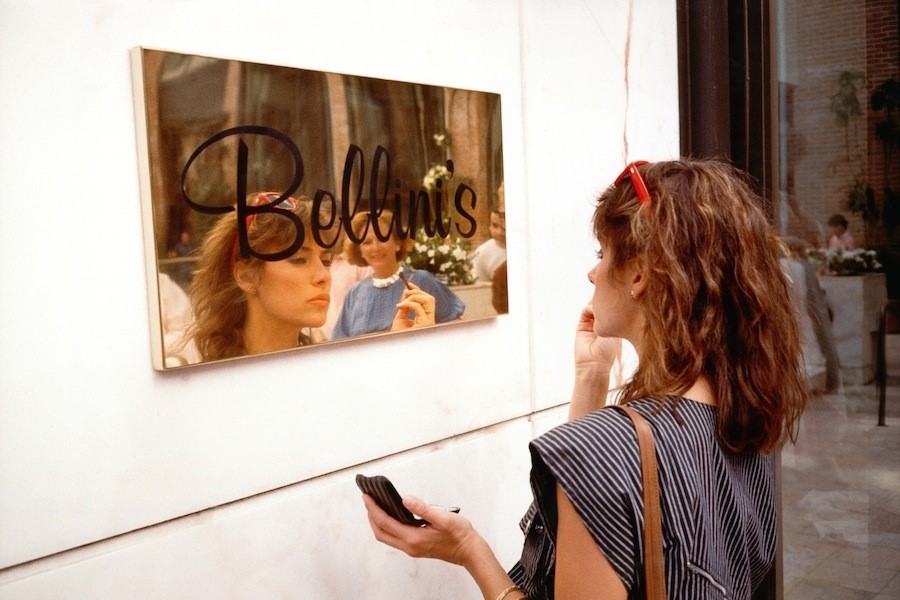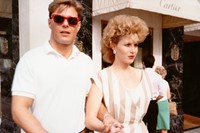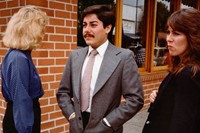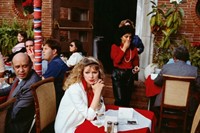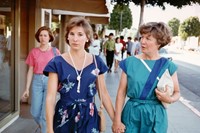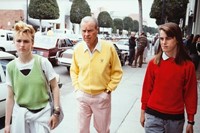The 1980s and Rodeo Drive – a perfect partnership of luxurious consumerist excess. It was exactly this which inspired Anthony Hernandez in 1984 to take pictures of the iconic shopping district, resulting in a collection of 70+ photographs, now
The 1980s and Rodeo Drive – a perfect partnership of luxurious consumerist excess. It was exactly this which inspired photographer Anthony Hernandez to take pictures of the iconic shopping district, resulting in a collection of 70+ photographs now showcased in a glorious book.
It was an exciting time. Former actor Ronald Reagan occupied the White House, and the most popular TV shows were Dynasty and Dallas, glossy soaps which promoted power-dressing to the masses. Rodeo Drive had flourished since its origination in the late 70s: having acquired heavyweights Armani and Gucci, it was now both a place for the rich and famous to hang out and a popular tourist destination.
Born in California in 1947, Hernandez spent his whole life observing people, in a number of ways. Before photography, he served in the US Army as a medic and didn't move into a creative field until the 70s. He began his photographic career in Los Angeles on what would become a longstanding study of urban environments and its inhabitants, before moving to other cities including London, Madrid, Saigon, and Washington, D.C. "Some people ask, "What's so important or compelling about taking pictures of such unpleasant subjects like city dwellers?'... My work may be beautiful or it might not be, that just isn't what I am concerned with." Hernandez once said. "I try to be open and face the city... To me it's not unpleasant or unbeautiful, it's just life – which has to be threatening sometimes if it is going to be interesting."
"I didn’t want the confrontations that come with taking more considered photographs"
His Rodeo Drive body of work was the first time he had worked in colour. It was fitting – the location summed up the bright, sunlit optimism and heady consumption of 1980s California. Hernandez shot fast while walking, barely stopping for more than a few seconds at a time. "I was trying to be invisible,' he says. 'I didn’t want the confrontations that come with taking more considered photographs." His well-coiffed subjects were a stark contrast to his earlier studies of working class neighbourhoods. These were chance encounters with fascinating characters, each of them perfectly turned out – the result, a fascinating study of self-presentation and a moment in time. But it is striking to consider that Rodeo Drive was the last time he photographed people; after this, he chose to focus on landscapes for the rest of his career.
Rodeo Drive, 1984 by Anthony Hernandez is published by MACK.
Text by Laura Bradley
